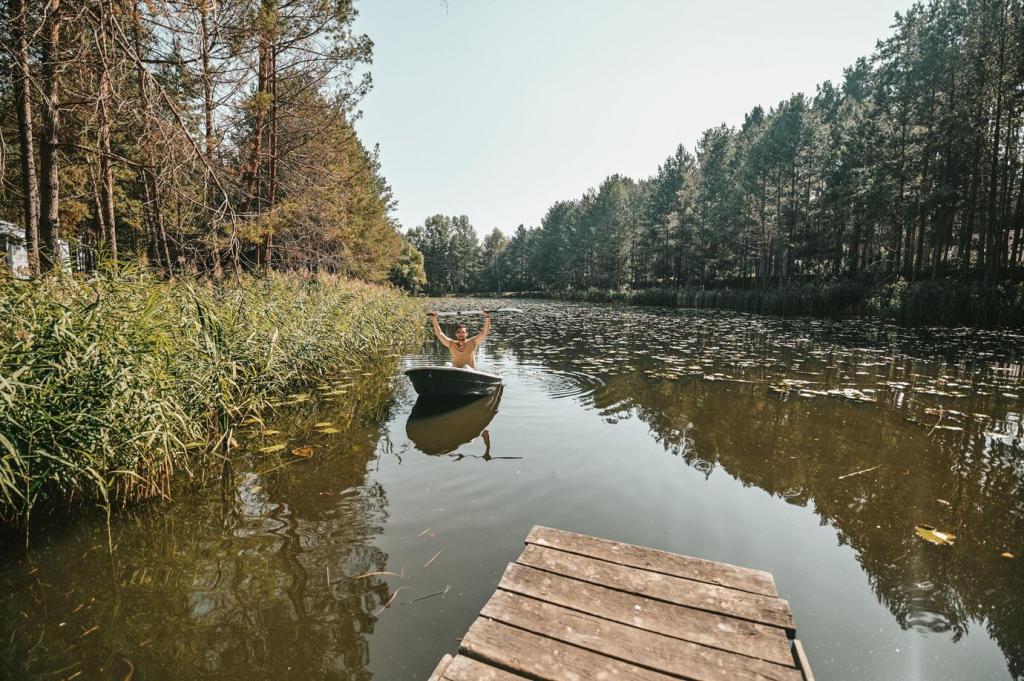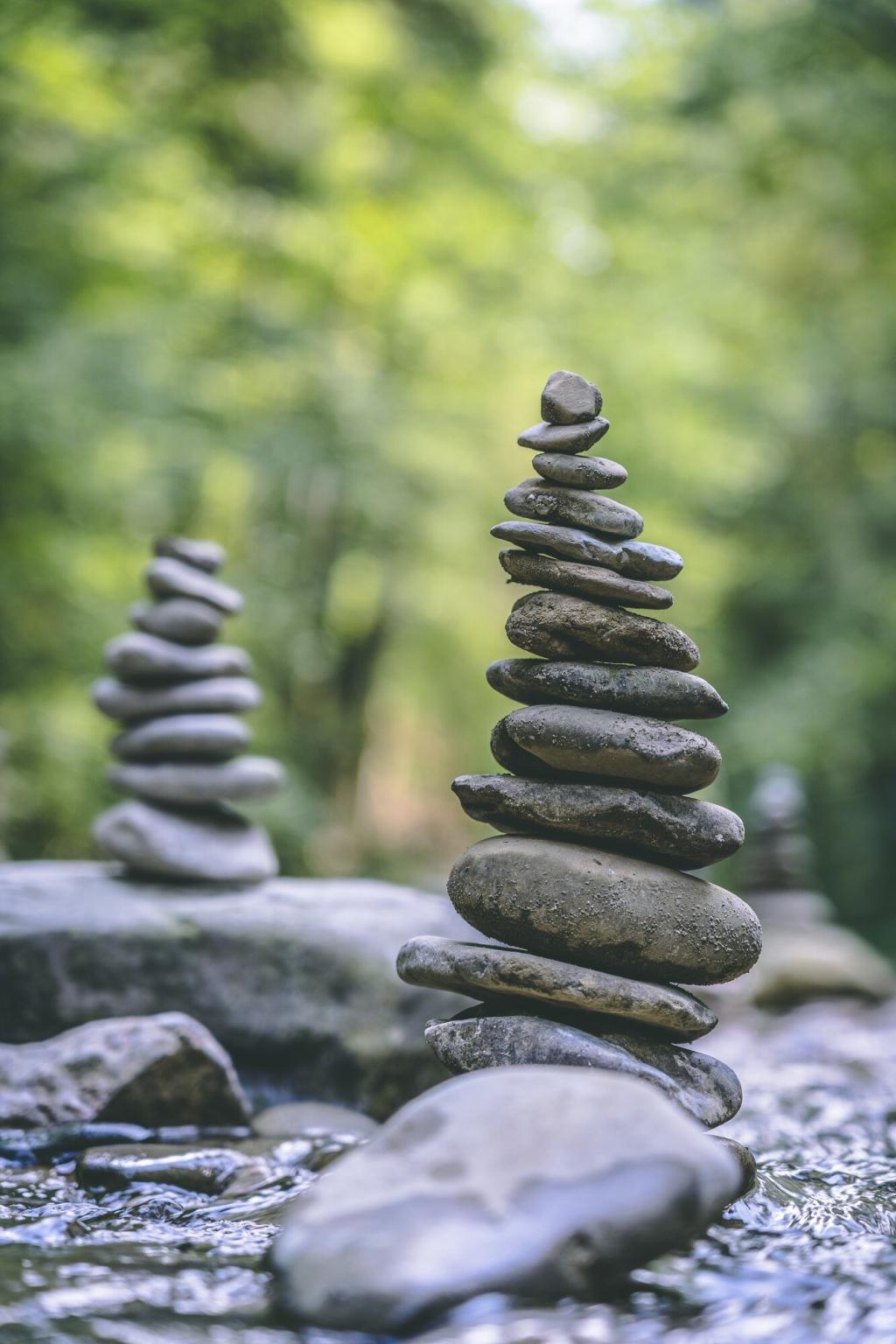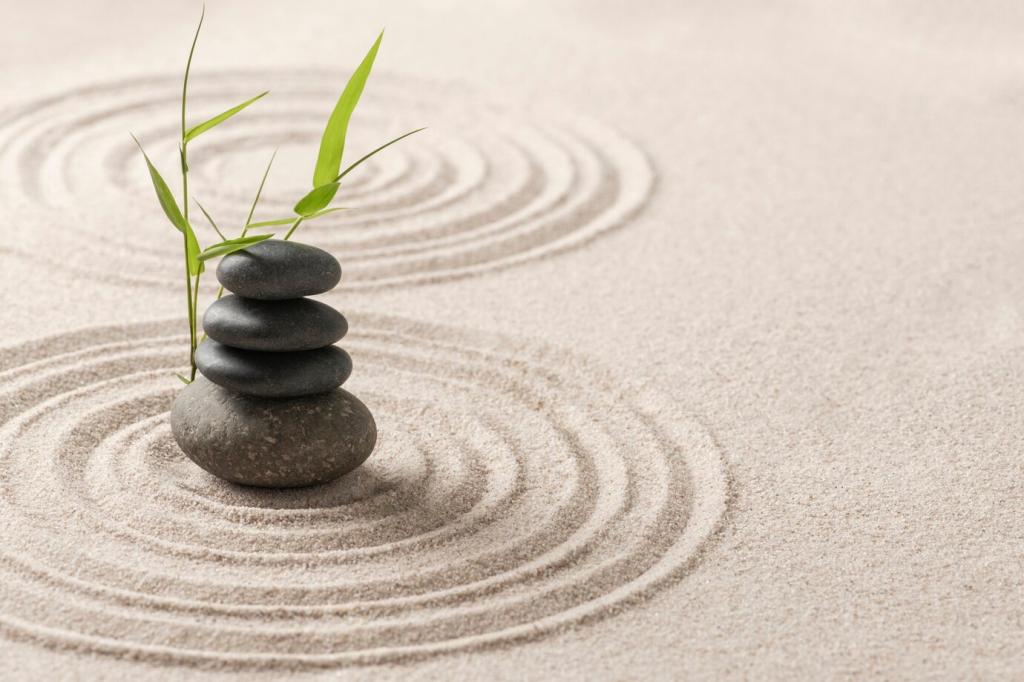Breath Awareness: The Anchor of Presence
Begin by noticing your breath exactly as it is—no need to deepen or control it. Let your belly rise and fall, and feel the air at the nostrils. When thoughts pull you away, smile softly and return. Share your first impressions after three minutes.
Breath Awareness: The Anchor of Presence
Count each exhale from one to ten, then begin again. If you lose the count, start at one kindly, as if helping a friend. This light structure reduces mental drift and builds focus. Try it daily for five minutes, then subscribe for advanced variations.






